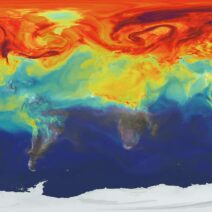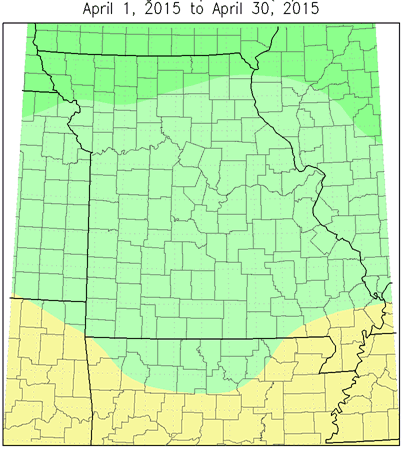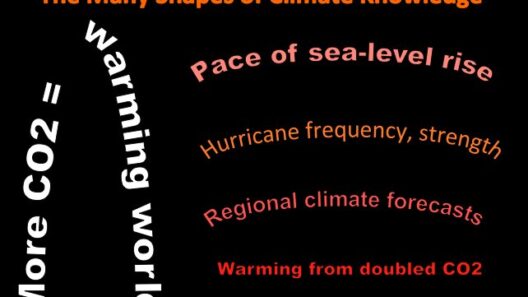Missouri, known as the Show-Me State, exhibits an array of weather patterns that intrigue both residents and visitors alike. What makes Missouri’s climate unique? Is it the dramatic seasonal shifts, the diversity in flora and fauna, or the ever-persistent humidity? As we delve into the nuances of Missouri’s climate, be prepared for a captivating journey through its distinct meteorological features.
Missouri’s climate can be characterized as humid continental, with its geographical positioning playing a pivotal role in its weather dynamics. The state is nestled between the humid subtropical climate of the south and the continental climates of the north. This leads to a rich tapestry of weather patterns that can fluctuate dramatically throughout the year.
When discussing Missouri’s climate, one cannot overlook the vibrant seasons that punctuate the year. Spring, with its boisterous thunderstorms, presents a dazzling display of nature’s raw power. April and May often come alive with darkening skies and dramatic lightning strikes, moments reminding us of nature’s potency. This is certainly a thrilling aspect of Missouri weather, but it poses a challenge as well—for instance, how can communities prepare for the tumultuous storms that can lead to flooding?
Conversely, the summer months usher in sweltering heat and heightened humidity. June through August sees temperatures frequently soar into the 90s, some days reaching an oppressive peak, resulting in a search for shaded havens and air-conditioned spaces. While these conditions can stifle outdoor activity, they also contribute to the verdant landscapes that make parts of Missouri visually stunning. Yet, the high humidity levels beg a playful question: how does one engage in outdoor stubbornness amid the sweat-inducing heat, or does one surrender to the coolness of the indoors?
As summer wanes, the crispness of autumn emerges, painting the Ozark hills in a palette of red, orange, and yellow. Missouri’s fall is perhaps one of its most enchanting seasons, alluring tourists and locals alike to partake in harvest festivals and scenic drives. However, this seasonal beauty can be fleeting, and a pressing challenge appears: how do communities capitalize on fall tourism while preserving the natural beauty that attracts visitors?
Winter, on the other hand, introduces its own set of challenges. From December to February, the state transforms into a winter wonderland, with snowfall adorning the landscape. Though the chill can produce delightful scenes, it doesn’t come without consequences. With temperatures plummeting, the risk of ice storms becomes a palpable concern, prompting questions regarding infrastructure resilience and community preparedness. Are the cities and towns equipped to deal with potential road closures and power outages that often accompany these winter events?
One must also consider the role of climatic phenomena such as El Niño and La Niña, which oscillate between increased and decreased precipitation, respectively. These oscillations can lead to variations in weather patterns across Missouri, sparking interest and concern. For example, during a strong El Niño, one may witness milder winters that feel like a break from the harsh cold, but also bear the burden of increased flooding risks in the spring. What does this variability mean for agricultural planning and water management, two critical aspects of Missouri’s economy?
Climate change, an omnipresent issue, adds yet another layer of complexity to Missouri’s climate tapestry. Observations indicate a shift in weather patterns, with warmer temperatures overall, altering the agricultural landscape and affecting both crop yields and pest populations. This brings about the question: how will farmers adapt their practices to ensure sustainability in a rapidly changing climate? The ingenious solutions they devise could serve as a model for others around the globe.
Furthermore, the state’s waterways, including the Missouri River, provide an essential resource for communities but are also vulnerable to these climatic changes. Increased flooding and altered flow patterns necessitate an urgent conversation about water management strategies, which must marry conservation with the needs of the populace. How do we balance the demands of a growing population with the preservation of Missouri’s natural waterways?
In summary, exploring Missouri’s climate unveils an intricate interplay of seasonal variations, meteorological phenomena, and human adaptation. From spring’s tempestuous storms and sweltering summer days to the gripping chill of winter, each season presents both beauty and challenges. As we consider the future, it is critical to approach these issues with a proactive mindset. The questions posed throughout this exploration are not merely rhetorical; they reflect the realities that Missourians and, by extension, all communities face as we navigate the ever-evolving landscape of climate and environment. Missouri’s climate is a mirror, reflecting not only the local conditions but also our broader relationship with nature in the age of climate variability.








